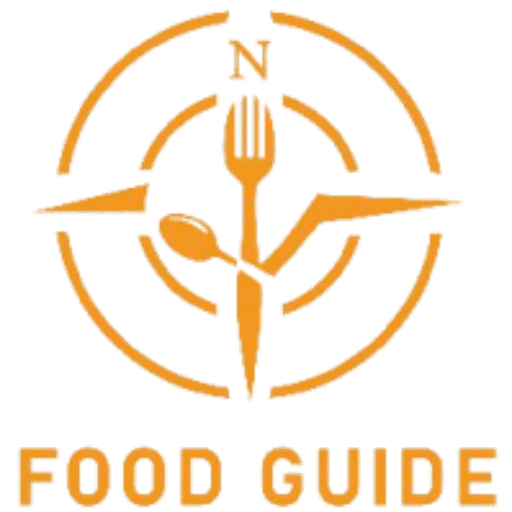How to Identify Gaps in Your Restaurant: A Practical Guide to Improving Performance and Customer Experience
1. Introduction: What Do We Mean by “Gap”?
A gap in the restaurant business refers to the difference between what customers expect and what they actually receive—or between what your restaurant offers and what the market demands. Identifying these gaps is the first step toward improving customer experience and increasing profitability.
2. Listen to the Voice of the Customer
The smartest way to uncover gaps is through customer feedback. Collect it via surveys, delivery app reviews, or direct customer comments. Focus on recurring patterns: Do people complain about slow service? Food quality? Pricing? These are real signs of gaps that need fixing.
3. Analyze Competitor Reviews
Study reviews of your competitors, especially those targeting the same customer base. What are customers praising there? If you notice features they offer that you don’t, you’ve likely identified a competitive gap worth addressing.
4. Walk Through the Customer Journey
Visit your own restaurant as if you’re a customer—or hire someone to do so. Observe every detail: greeting, ordering, food quality, and even how payment is handled. Any step that feels rough or inefficient is a gap in the overall experience.
5. Study Operational Data
Look into your peak times, slow periods, least-selling items, or ingredients with high waste. Numbers don’t lie—they help you find internal gaps in efficiency or cost management.
6. Evaluate Staff Performance
Your staff represents your brand. Are they well-trained? Is there a gap in communication, speed, or hygiene? Bridging skill gaps through training directly improves the customer experience.
7. Menu Gaps
Is your menu aligned with your target audience? Are you missing key items your market wants? Sometimes the gap lies in lack of variety or the absence of popular dishes, driving customers to competitors.
8. Marketing and Digital Presence Gaps
Your restaurant might be amazing in person, but nearly invisible online. That’s a huge gap in today’s digital-first world. Weak presence on Google Maps or Instagram is a missed opportunity to attract new customers.
9. Price vs. Perceived Value
Are your prices aligned with the quality and service you provide? Or is there a gap between the cost and what customers feel they’re getting? Revisiting your pricing strategy can close this gap and build trust.
10. Create a Gap-Closing Action Plan
Once you’ve identified key gaps, build a clear plan of action: What needs to change? Who is responsible? What’s the timeline? Practical, measurable goals help you improve your restaurant sustainably.
